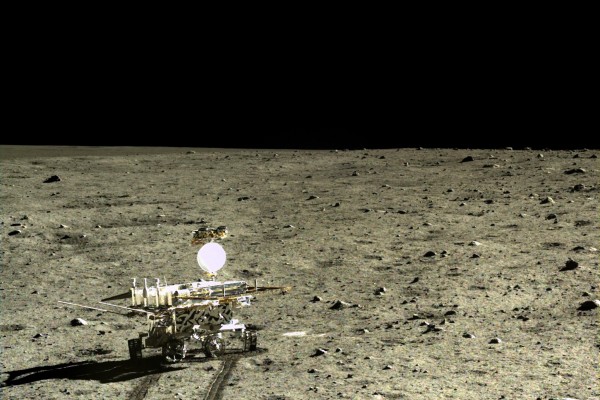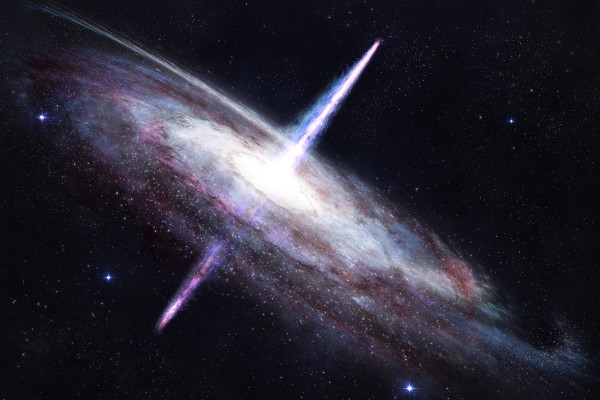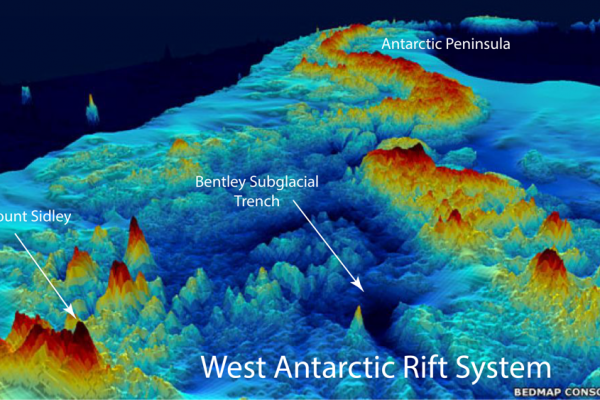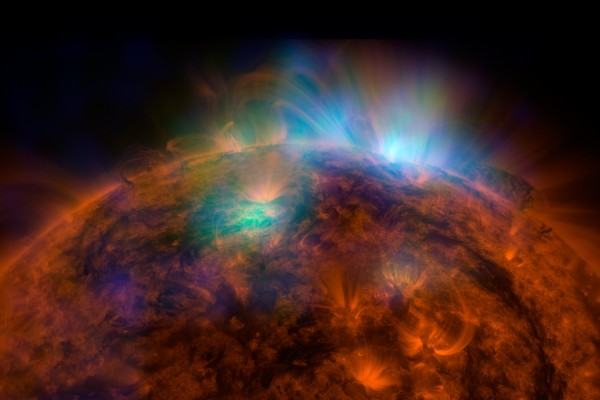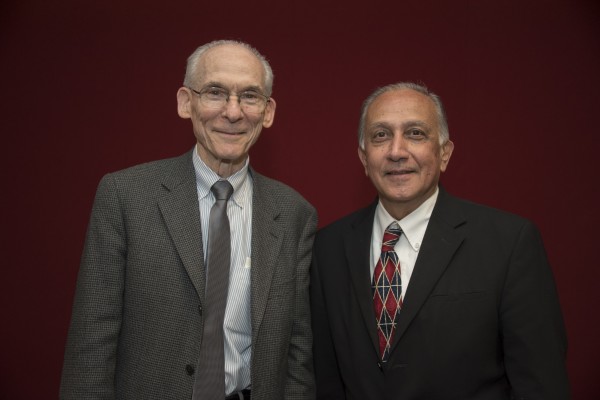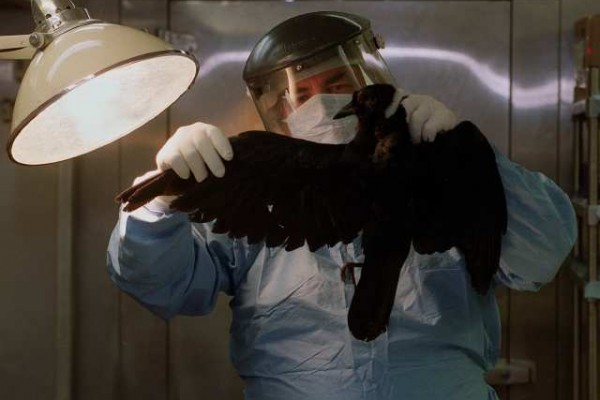New moon rock offers clues to moon’s formation
The Moon was never a fully homogenized body like Earth, analysis of Moon rocks made by the Chinese rover, Yutu, suggests. The basalts the rover examined are a new type, chemically different from those retrieved by the Apollo and Luna missions 40 years ago.
Why animals have fur, blubber and big ears
Biologists have long thought that body size is correlated with temperature zone: larger animals live in colder regions and smaller ones in warmer ones. Newly compiled physiological data allowed this rule to be put to the test. Animals adapt by coordinated changes in their metabolic rates and “insulation.” Body size plays only a minor role.
Spectacular outburst lets scientists peer into quasars
An outburst from a distant quasar known as PKS 1441+25 in April of this year gave astronomers at the gamma-ray telescope VERITAS an opportunity to measure the density of the optical “fog” that lies between the quasar and Earth and to deduce the surprising separation of the high-energy emission from the black hole that drives it.
Blankenship wins 2015 Midwest Award from American Chemical Society
Robert Blankenship, PhD, the Lucille P. Markey Distinguished Professor of Arts & Sciences at Washington University in St. Louis, has won the St. Louis Section of the American Chemical Society’s 2015 Midwest Award.
Hayes wins American Chemical Society’s 2015 Saint Louis Award
Sophia Hayes, PhD, professor of chemistry in Arts & Sciences at Washington
University in St. Louis, has won the American Chemical Society St. Louis Section’s 2015 Saint Louis Award.
The geography of Antarctica’s underside
Scientists were able to deploy ruggidized seismometers that could withstand intense cold in Antarctica only recently. A line of seismometers strung across the West Antarctic Rift Valley and the Marie Byrd Land have given geologists their first good look at the mantle beneath the ice and rocks, revealing areas of hot rock that might affect the behavior of the overlying ice sheet.
Physicist awarded $1.3 million for development of detectors for hard X-ray telescopes
Henric Krawczynski, PhD, professor of physics in Arts
& Sciences at Washington University in St. Louis, has won a $1.3 million NASA grant to develop semiconductor detectors and their readout electrons for the
next generation of X-ray telescopes.
Voyager expert Stone to speak for Robert M. Walker Distinguished Lecture Series
At 7 p.m. Thursday, Nov. 12, Edward C. Stone, PhD, project scientist and public spokesman for the twin Voyager spacecrafts, will visit the campus of Washington University in St. Louis and describe the probes’ 36-year journeys across the solar system. Stone will describe spectacular flybys of Jupiter, Saturn, Uranus and Neptune and Voyager I’s departure from the solar system. The lecture is part of the Robert M. Walker Distinguished Lecture Series hosted by the McDonnell Center for Space Sciences in Arts & Sciences.
Whatever happened to West Nile?
A study in the Nov. 2 issue of Proceedings of the National Academy of Sciences is the first to fully document the demographic impacts of West Nile virus on North American bird populations. Data from bird-banding stations shows more species were hit than suspected, and half of those have yet to recover.
‘If this works, structural biology will never be the same’
Washington University’s Alexander Barnes, a chemist, physicist, electrical engineer and molecular biologist rolled into one, just received a $2.3 million grant from the National Institutes of Health to develop a nuclear magnetic resonance spectrometer that can determine the structure of molecules very quickly and at room temperature. His first target is a drug called bryostatin that may flush out HIV hidden in the chromosomes of our own cells.
View More Stories
